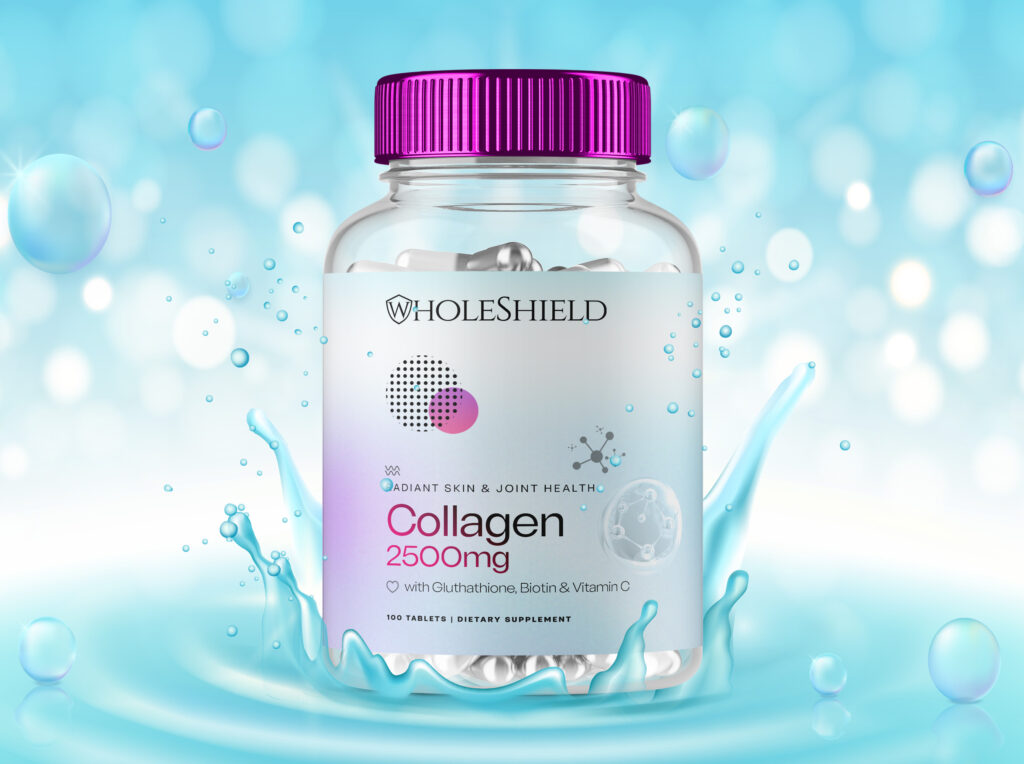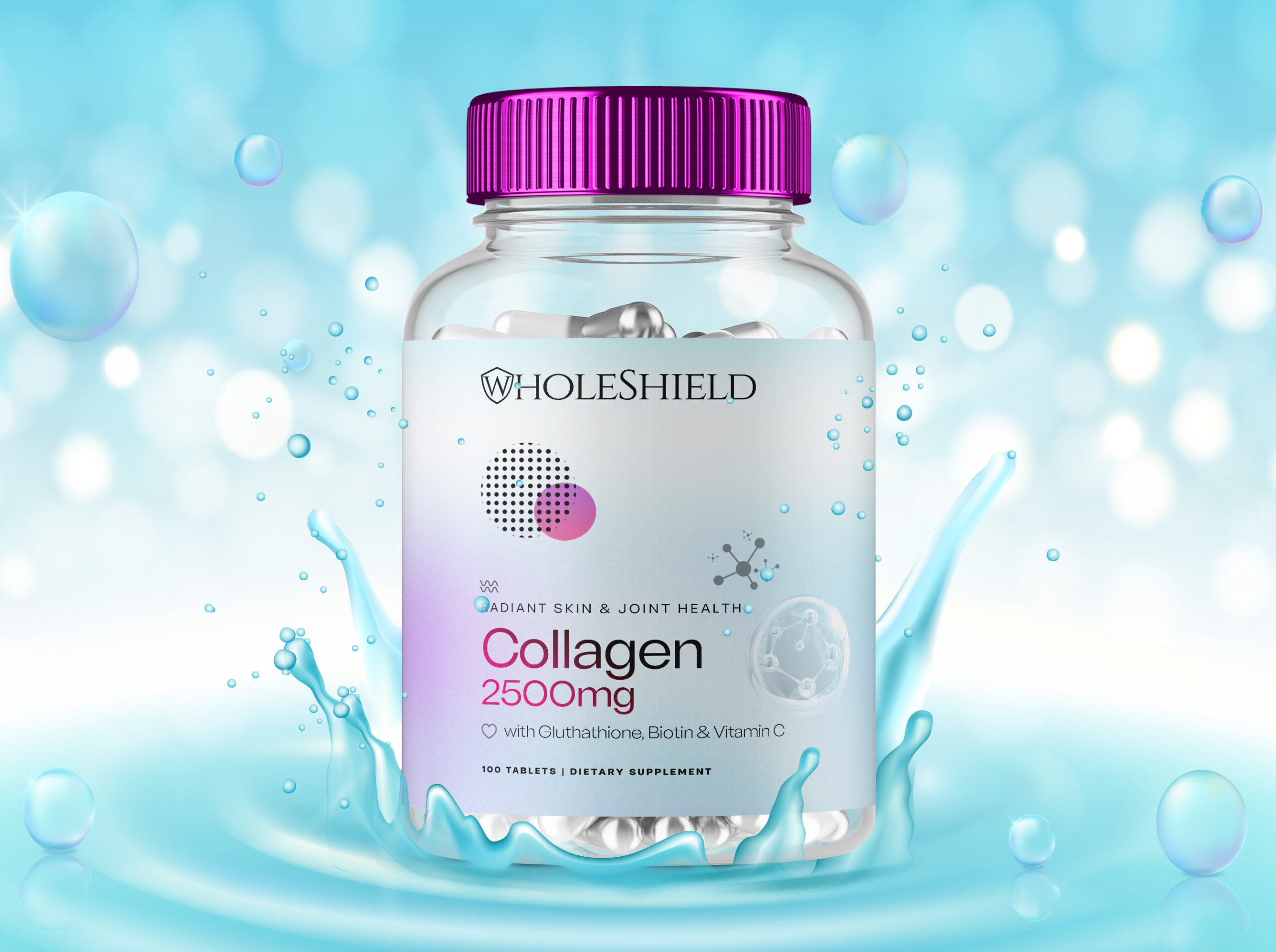Creating a white label or OEM collagen supplement involves several steps, including finding a reliable manufacturer, understanding the manufacturing process, and ensuring compliance with regulations. One thing is for sure, you can never go wrong with a collagen supplement, because of todays obsession with beauty such brand will always have its place in the market. Over the years I have help three brands launch their collagen supplements into the market and all three brands are doing extraordinarily well. Once you get the foundation right everything will fall perfectly in place. You can’t afford to skip ant step because very step of the process is crucial. Below I have outline a step by step guide you can adopt

Here’s a step-by-step guide:
Step 1: Find a Reliable Manufacturer
The first step is to find a reliable manufacturer who specializes in collagen supplements. Personally, throughout the years, I have used Chinese manufacturers. I have a couple of them I use, and I have no reason to complain about their services. My advice is that you should make sure you are working with a manufacturing company, not a trading company because the trading companies will always go back to the manufacturing companies. Make sure that the manufacturer you are using has the right certifications like Good Manufacturing Practices (GMP) Certification, which ensures that the manufacturer adheres to the guidelines recommended by agencies that control the authorization and licensing of the manufacture and sale of food and pharmaceutical products. Another one to look out for is the FDA Registration, which indicates that the manufacturer is registered with the FDA and complies with all regulations. There are some others like Kosher, Halal, or specific dietary certifications.
Step 2: Understand the Manufacturing Process
While most people don’t make the effort to understand the technicalities, understanding the manufacturing process is crucial. You are about to start a brand, and knowing the intricacies of the brand you are building will ensure that you stay in the game long term. This includes sourcing the collagen, extraction, hydrolyzation, and sterilization. Some manufacturers offer custom formulation services, allowing you to create a unique product tailored to your target audience.
Step 3: Choose the Type of Collagen
Another huge step lies in deciding on the type of collagen you want to use in your supplement. This could be bovine, marine, or even a vegan alternative. The choice will depend on your target market’s preferences.
Step 4: Decide on the Form of the Supplement
Collagen supplements can come in various forms, including liquid, shots, powder, tablets, and capsules. The form you choose will depend on your target market’s preferences and the manufacturer’s capabilities. The two I have personally been involved with are capsules and powder
Step 5: Design and Branding
Design and branding is a huge part of the process and will be part of the determining factors around how your product is accepted. Design place as huge role in your brand building. Design and branding influence how people perceive your brand attract new customers and strengthen customer loyalty. Good design and branding can give you a competitive edge. It allows you to create innovative and competitive products that competitor brands envy. Some manufacturers offer label designing and printing services. But I will always advise against using the design services of manufactures. Instead craft your own brand identity, design a brand manual and make sure that all products you develop adheres to your brand manual. Having a product line with products with conflicting look and feel is a recipe for disaster
Step 6: Compliance with Regulations
Ensure that the manufacturing process complies with all relevant regulations. This includes food safety regulations and any specific regulations in the markets where you plan to sell your product.
Step 7: Production and Delivery
Discuss production and delivery timelines with your manufacturer. This includes agreeing on a timeline for production, establishing a process for quality control, and creating a shipping plan
Step 8: Marketing and Sales
Finally, you’ll need to market and sell your product. This could involve creating a website, setting up online sales channels, and developing a marketing strategy to reach your target audience and setting up your presence on social media.
Remember, starting an OEM/white label business can be relatively easy, as it does not require the extensive research, development, and production processes involved in creating your own products from scratch. However, it still requires some level of planning, research, and investment to ensure that you are partnering with the right manufacturer and creating a product that will appeal to your target market

